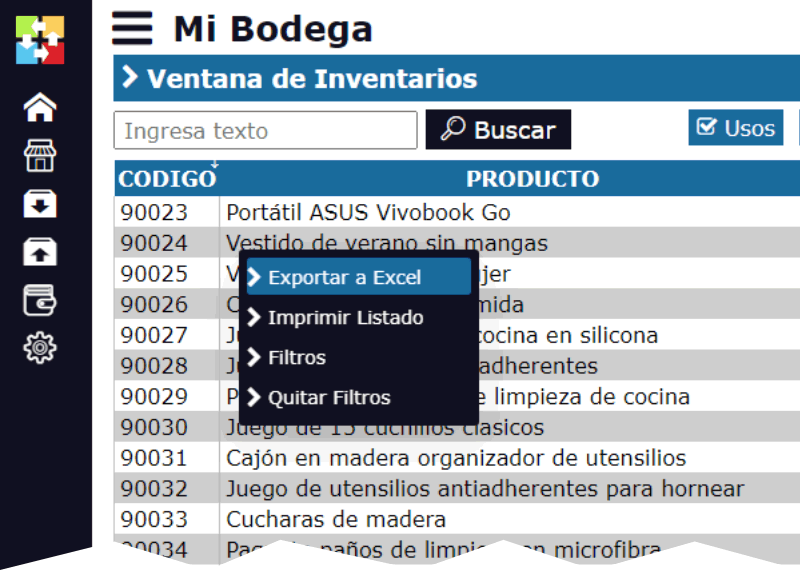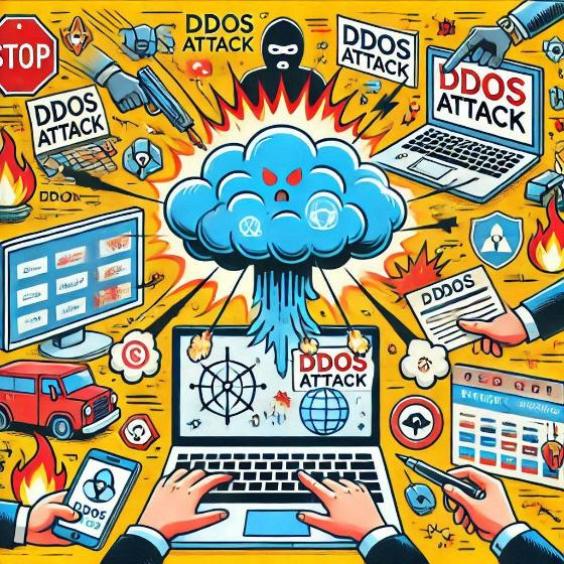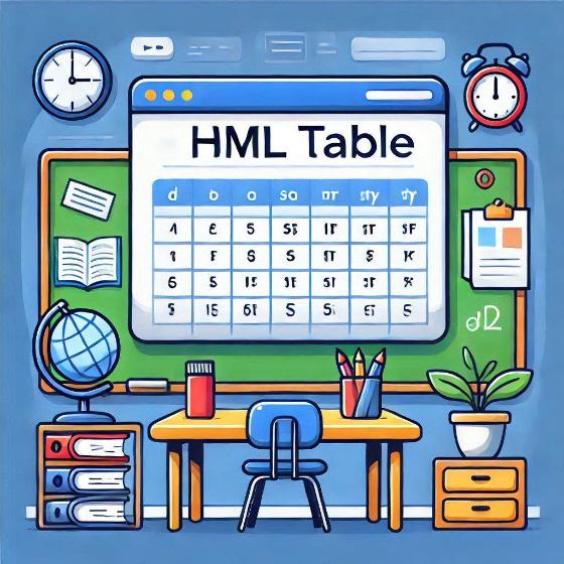What is a Third Party?
In the world of business management, terminology can be extensive and often complex. However, at Inventarios1A, we have simplified this process with a unique and functional concept: Third Party. But, what exactly does it mean to be a Third Party in Inventarios1A and how does it facilitate management within the program?

Definition of Third Party
In Inventarios1A, a Third Party is any entity that the system interacts with, whether it is a person, company, or organization. This concept encompasses customers, suppliers, employees, and any other figure with whom a commercial or labor relationship is established. Instead of differentiating between types of contacts, Inventarios1A treats everyone as Third Parties, thus unifying their management and reducing complexity.Advantages of the Simplified Approach
The handling of Third Parties in Inventarios1A offers several advantages:Reduction of Complexity: By treating everyone as Third Parties, multiple categories that usually complicate management systems are eliminated. It is not necessary to classify each entity as a customer, supplier, or employee; everyone is managed under the same concept.
Flexibility: This approach allows the same Third Party to fulfill different roles in different situations. For example, a company can be both a supplier and a customer, and with Inventarios1A, it is not necessary to create two separate records; a single Third Party covers all functions.
Operational Efficiency: By centralizing management in a single concept, administrative work is reduced and information handling is facilitated. This saves time and reduces the margin of error, improving business efficiency.
Examples of Third Parties in Inventarios1A
- Supplier: A Third Party that provides products or services to your company.
- Customer: A Third Party to whom you sell your products or services.
- Employee: A Third Party who works within your organization.
- Partner Company: A Third Party with whom you maintain a collaboration or strategic alliance.






